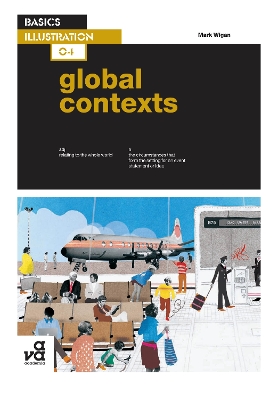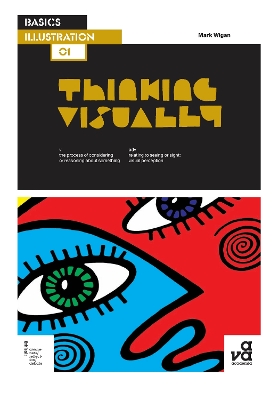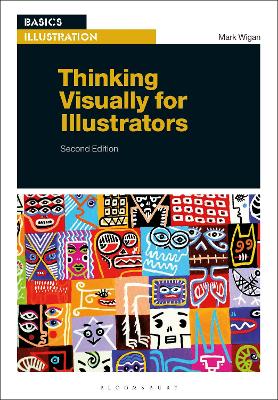Basics Illustration
2 primary works • 4 total works
Book 2
"Basics Illustration: Sequential Images" is Mark Wigan's third book in his essential series of handbooks on contemporary illustration. Following "Thinking Visually" and "Text and Image", Wigan identifies sequential image-making as a rich area of original and innovative work, which is leading the resurgence in the art of illustration. The evolving world of illustration is exploding with possibilities as converging technologies and disciplines provide new opportunities and outlets for the visual storyteller. International illustrators, animators, artists and educators at the leading edge of the narrative renaissance outline their personal modus operandi and approaches to sequential image-making. The fundamental language of the narrative image-maker is explored across a wide range of delivery platforms and media.
Book 4
Basics Illustration 04: Global Contexts will take the reader on a journey through the international contemporary illustration landscape. In the twenty-first century, the field of illustration continues to evolve, and through a broad and contextual approach, this book illuminates its rich historical development, its contribution to civilizations of the past and its continuing cultural significance and promising future.
All over the world, versatile, forward-thinking illustrators are having fun making pictures for defined contexts; seeking, sharing and creating both online and offline. Global Contexts features intelligent, allusive, compelling, incisive, humorous and inspiring illustrations by leading exponents past, present and future, embracing open approaches and new strategies to the subject.
This is an essential reference book for any dedicated art and design student, aspiring illustrator, professional image-maker and anyone with an interest in this vibrant and dynamic form of expression.
All over the world, versatile, forward-thinking illustrators are having fun making pictures for defined contexts; seeking, sharing and creating both online and offline. Global Contexts features intelligent, allusive, compelling, incisive, humorous and inspiring illustrations by leading exponents past, present and future, embracing open approaches and new strategies to the subject.
This is an essential reference book for any dedicated art and design student, aspiring illustrator, professional image-maker and anyone with an interest in this vibrant and dynamic form of expression.
Basics Illustration 01: Thinking Visually by Mark Wigan features a wide range of work, demonstrating diverse visual languages, context, ideas, techniques and skills. It also looks at the ways in which illustrators develop their own personal visual language.
Contemporary illustrators from all over the world engaged in a diverse range of approaches to the discipline have contributed their artwork and commentaries on visual thinking and the working process. The text also features the work of recent graduates, present students and observations from educators past and present.
Contemporary illustrators from all over the world engaged in a diverse range of approaches to the discipline have contributed their artwork and commentaries on visual thinking and the working process. The text also features the work of recent graduates, present students and observations from educators past and present.
Thinking Visually for Illustrators features a wide range of work, demonstrating diverse visual languages, context, ideas, techniques and skills. It also looks at the ways in which illustrators develop their own personal visual language. Contemporary illustrators from all over the world engaged in a diverse range of approaches to the discipline have contributed their artwork and commentaries on visual thinking and the working process. The text also features the work of recent graduates, present students and observations from educators past and present.
This edition has been updated to include a new chapter on illustration for the digital context and new approaches to working.
This edition has been updated to include a new chapter on illustration for the digital context and new approaches to working.



